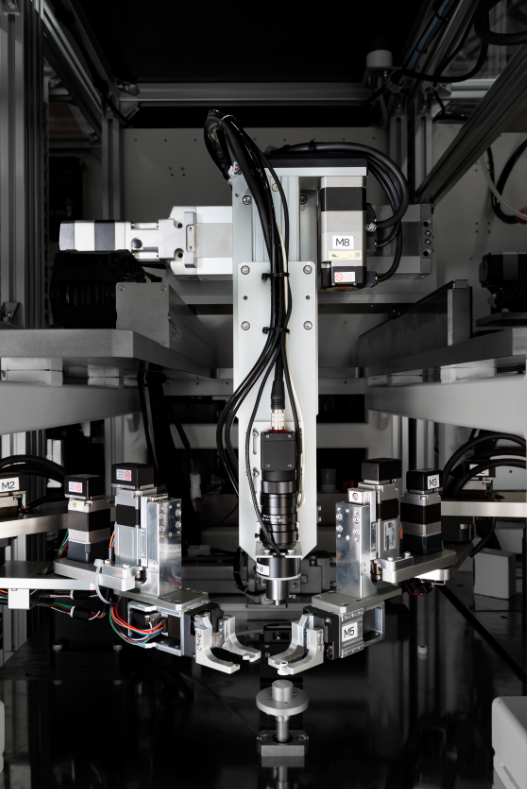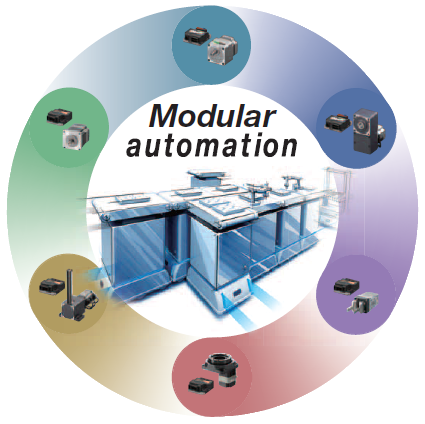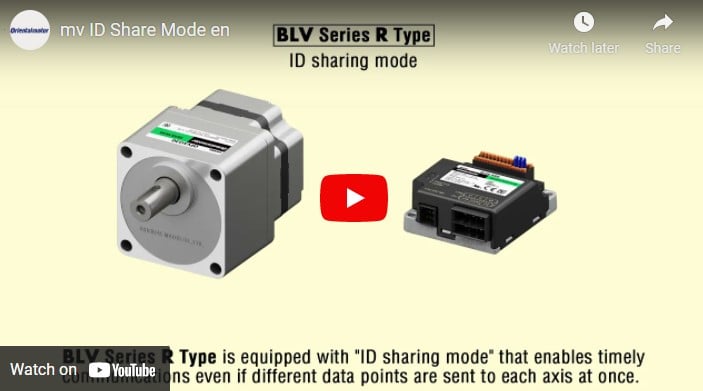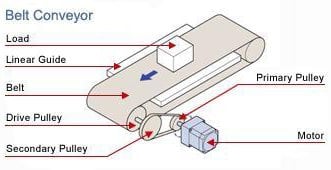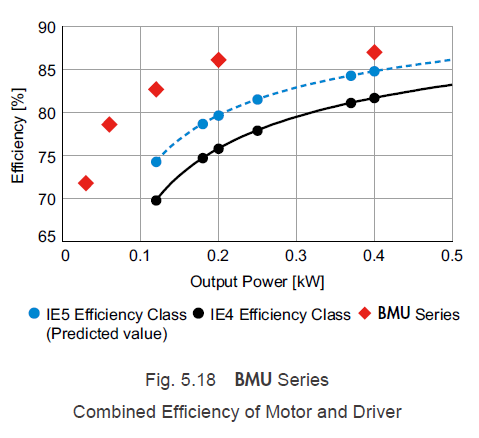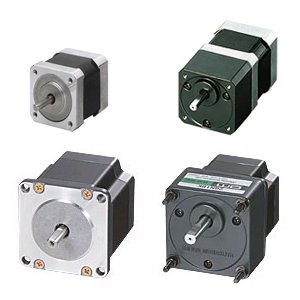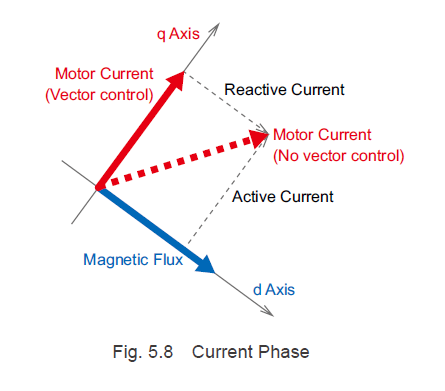In this post, we introduce a real-world SCARA and cartesian/gantry robot example of in-house automation built using our AlphaStep AZ Series family of motors, actuators, drivers, and our 4-axis robot controller.
Welcome to Oriental Motor's "Engineering Notes" Blog:
Products and technology are only valuable when coupled with skilled people and services to support them. Since 1978, ORIENTAL MOTOR U.S.A. CORP. has been building a service and support system to better serve customers. It is our goal to provide the best product and service from the design phase, through the sale and beyond.
Our blog will feature:
- Introduction to new products and technologies
- Motion control basics and application examples
- Tips for motor selection, programming, and troubleshooting
Case Study: SCARA and Cartesian/Gantry Robots for Automated Assembly
Topics: Stepper Motors, Robotics, Absolute Positioning, Alphastep Hybrid Control, Linear Actuators, Software, Rotary Actuators/Index Tables, XYZ/Cartesian/Gantry, Case Studies
Increasing power efficiency and minimizing the carbon footprint is the trend these days. Do you know how to calculate CO2 emissions from your electric motors, and which types of motors emit less?
Topics: AC Motors, Speed Control, BLDC Motors
Modular automation is the next phase of factory automation where a production line can be separated into mobile modules and can be quickly reconfigured for different purposes. This article explains the benefits of modular automation and shows how smaller, lighter, and battery-driven motors can help.
Topics: Stepper Motors, Robotics, Alphastep Hybrid Control, Linear Actuators, Speed Control, VIDEOS, BLDC Motors, Application Examples
Video Explainer: How the BLV Series R Type Can Improve AGV/AMR Design and Performance
The BLV Series R Type brushless DC motor and compact driver not only reduces the size and weight of the original BLV Series driver but offer an upgrade to the motor as well. This blog post uses videos to explain the features offered by the BLV Series R Type and how they can improve AGV/AMR design and performance.
Topics: Robotics, Smooth Drive, Speed Control, VIDEOS, BLDC Motors, Software, Network
Motor Sizing & Selection Example: Variable Speed Belt Conveyor
Many motor manufacturers offer a motor sizing tool to help with product selection, but if you don't know how to use it, you may still end up paying for it in the long run.
Topics: Speed Control, Motor Sizing, BLDC Motors, Food & Packaging, Conveyors
The Choice Between Servo Motors and Stepper Motors
The best motor is the one that meets the application requirements. However, when both servo motors and stepper motors satisfy the basic requirements of a positioning application, it's important to have a deeper understanding of the two technologies to make an informed decision.
In this article, I will summarize the differences between servo motor systems and stepper motor systems.
Topics: Stepper Motors, Absolute Positioning, Alphastep Hybrid Control, Servo Motors, Network, Service Life
Technical Manual Series: Technologies Used with Brushless Motors (Part II)
This is a continuation of the blog post, "Technologies Used with Brushless Motors". In this section, we explain the efficiency aspect of brushless motors and compare them to AC motors.
Topics: Speed Control, BLDC Motors, Technical Manual Series
Which type of electric motor do you size for your conveyor, XYZ table, or robot? Before you select one, you must understand the characteristics of each type of motor in the market.
Topics: AC Motors, Stepper Motors, Speed Control, Motor Sizing, BLDC Motors, Washdown, Servo Motors, Motion Control Basics, Conveyors
Technical Manual Series: Technologies Used with Brushless Motors (Part I)
Brushless motors have characteristics that make them excellent motors for speed control. In this section, we will explain the technologies that enhance the performance of these motors.
Topics: Speed Control, BLDC Motors, Technical Manual Series
Technical Manual Series: Brushless Motor Current Control Method
Brushless motors have different methods of controlling current flow depending on the drive system. In addition, to control the rotation speed and generated torque, it is necessary to control the amount of the motor current. Here, we will explain the PWM method for controlling the motor current.
Topics: Speed Control, BLDC Motors, Technical Manual Series
